

Dogs
Dogs and puppies love the sites, smells and tastes of the world.
As most dog owners know, this charming fact can also be quite dangerous, as our canine friends regularly find something to chew on that won’t agree with their stomach.
One of the top summer dangers for dogs is plants. There are many common garden and landscaping plants that are hazardous to your dog. Whether garden plants, plants in the wild, or seasonal plants you bring home from the florist, plants can provide crazy smells and a taste of something new, which can be at odds with your pup’s health.
You can make great efforts to plant a dog-friendly garden, but flowers you bring in or plants your dog finds around the neighborhood can still be very dangerous.
If your dog or puppy has already ingested a plant on this list, and you see symptoms such as vomiting, diarrhea, difficult breathing, abnormal urine, salivation, weakness, and any other abnormal condition, call your veterinarian.
When you contact your vet, make sure you tell them as much information as you possibly can. For example, do you know what plant your dog ate? If you don’t know the name, then take some of it with you for identification. Try to get a sense for how much they might have chewed or eaten and how long ago they ingested it.
This list of dangerous summer plants that are dangerous to dogs and puppies is by no means exhaustive. There are a number of other toxic plants, including those that we covered in our article on the danger of 20 common houseplants, but this covers the top offenders in gardens, landscaping and parks in most areas during the summer.
Aloe vera
Aloe vera is common in the south and is often kept around houses for burns, but it is toxic to dogs. Ingestion can lead to vomiting, depression, diarrhea and tremors.
Amaryllis
This is a common garden plant that is also popular around the holidays. The bulbs hold the most toxins and can cause all kinds of trouble with your dog. Ingestion can cause vomiting, depression, diarrhea, abdominal pain, hypersalivation, tremors and anorexia.
Baby’s Breath
This floral filler is also popular in home landscaping, but it can be rough on your dog’s digestion. Ingesting it is not generally considered lethal, but it will cause vomiting and diarrhea.
Begonia
Begonia are popular in home and public space landscaping because they are easy to plant and upkeep. Unfortunately, they are toxic to dogs. Ingestion will lead to oral irritation, irritation and burning in the mouth, tongue and lips, excessive drooling, difficulty swallowing and even vomiting.
Carnations
The carnation isn’t the most poisonous of the bunch, but it’s such a popular plant that it’s pretty much everywhere. It’s effects are generally mild gastrointestinal pain or discomfort and mild dermatitis.
Castor Bean
Castor bean is extremely common in landscaping around buildings and even in some homes, so keep an eye out when you’re walking your dog. This pretty plant creates a host of messy issues with your pup, including abdominal pain, dehydration, drooling, vomiting, diarrhea, excessive thirst and loss of appetite.
In very severe cases, ingesting castor bean can result in muscle twitching, tremors, seizures, coma and, ultimately, death.
Chrysanthemum
It’s fun to say and spell, but chrysanthemum is not pleasing to a dog’s digestive track. It’s not lethal, but ingesting it can cause issues with vomiting, diarrhea, hypersalivation, dermatitis, loss of coordination and potentially depression.
Cyclamen
Cyclamen is a flower that can thrive in a garden or in pots. But they are toxic to dogs, particularly the root. If your dog is a digger, keep an eye out. Eating this flower can create gastrointestinal irritation that might lead to intense vomiting. It’s not common, but fatalities have been reported from eating cyclamen roots.
Daffodil
Daffodils are another flower that can be found in almost any direction you look in the spring and summer. Unfortunately, they are toxic to dogs, especially the bulbs. If you see your dog or puppy looking to take a nibble, pull them away or else you might have to deal with vomiting, salvation and diarrhea.
If your dog ingests a large amount, it can cause convulsions, tremors and cardiac arrhythmias.
Gladiolus
This is flower that is better known from floral arrangements, but it’s also good in the garden. The bulbs are toxic to dogs and can lead to vomiting, diarrhea, drooling and lethargy.
Grass Seeds
Early in the year and in the late summer you see a lot of grass seeds around. They are not poisonous, but they are great at getting stuck the the throats and ears of animals, causing discomfort or gagging.
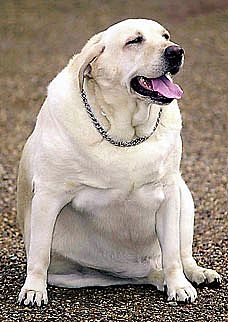 How to Help Your Dog Lose Weight
How to Help Your Dog Lose Weight
How t
How to Help Your Dog Lose Weight
How to Help Your Dog Lose Weight
How t
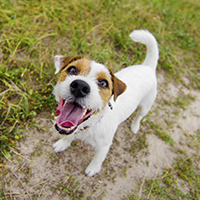 Reasons Why Dogs Eat Poop and How to Stop It
Of all the repulsive habits our can
Reasons Why Dogs Eat Poop and How to Stop It
Of all the repulsive habits our can
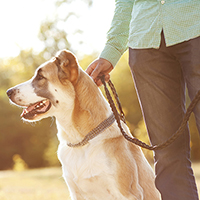 What is a responsible dog breeder?
Imagine yourself as an average pers
What is a responsible dog breeder?
Imagine yourself as an average pers
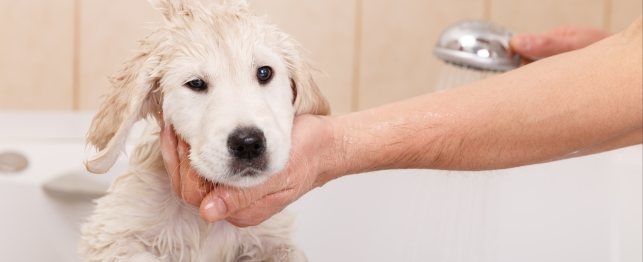 Bathing Your Puppy
Bathing Your Puppy
Bathing Your Puppy
Bathing Your Puppy
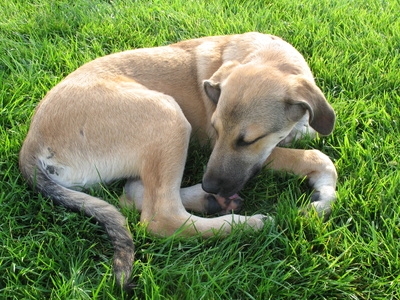 How to Prevent a Dog From Excessively Licking Sores
How to Prevent a Dog From Excessively Licking
How to Prevent a Dog From Excessively Licking Sores
How to Prevent a Dog From Excessively Licking
Copyright © 2005-2016 Pet Information All Rights Reserved
Contact us: www162date@outlook.com